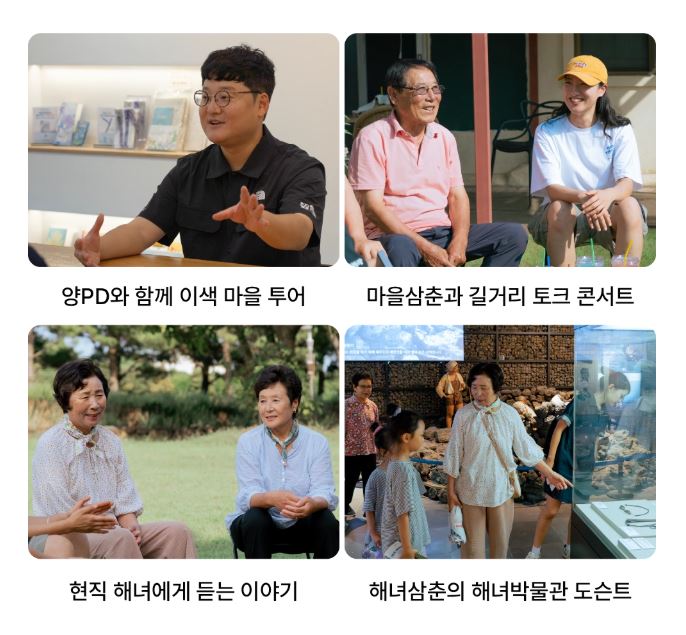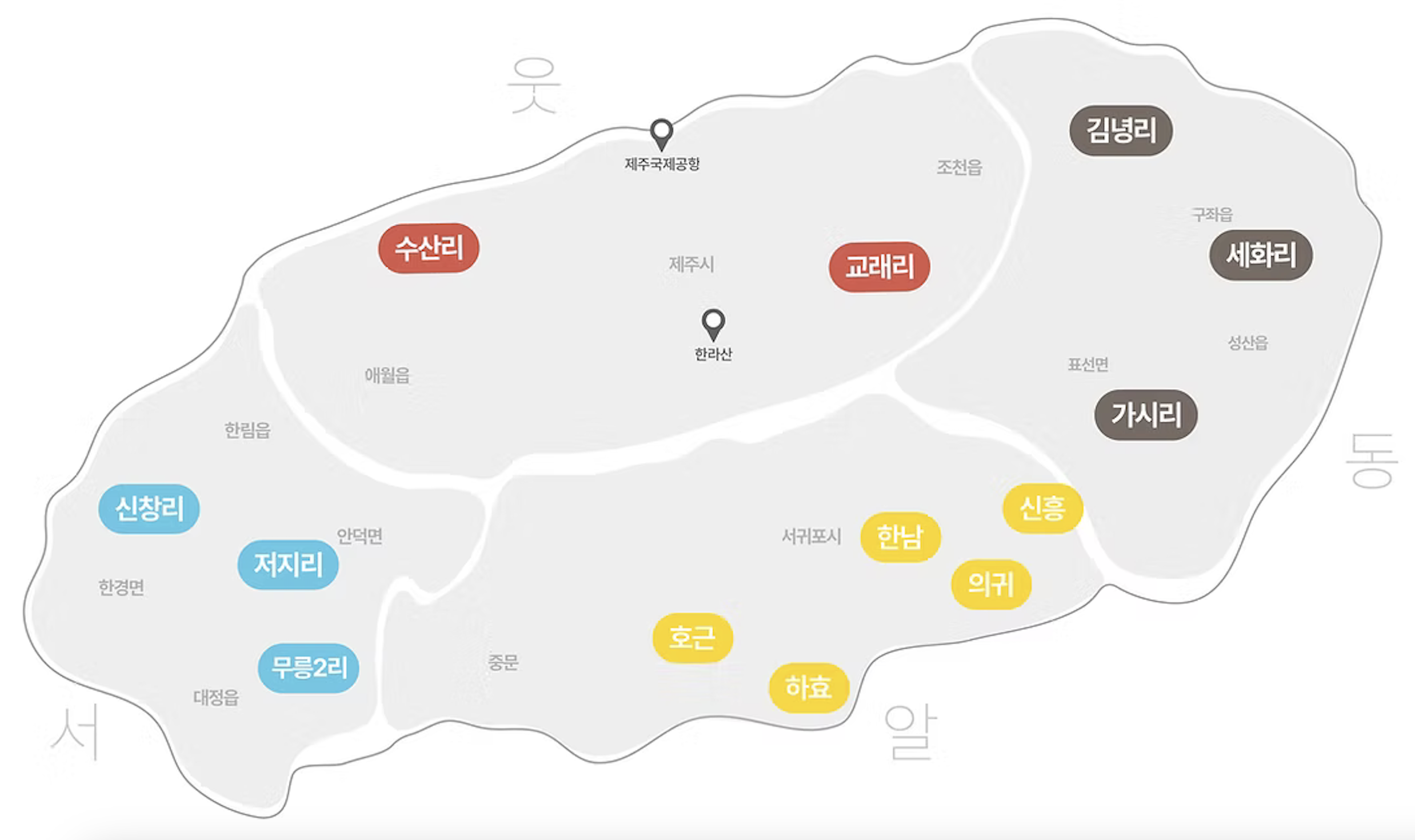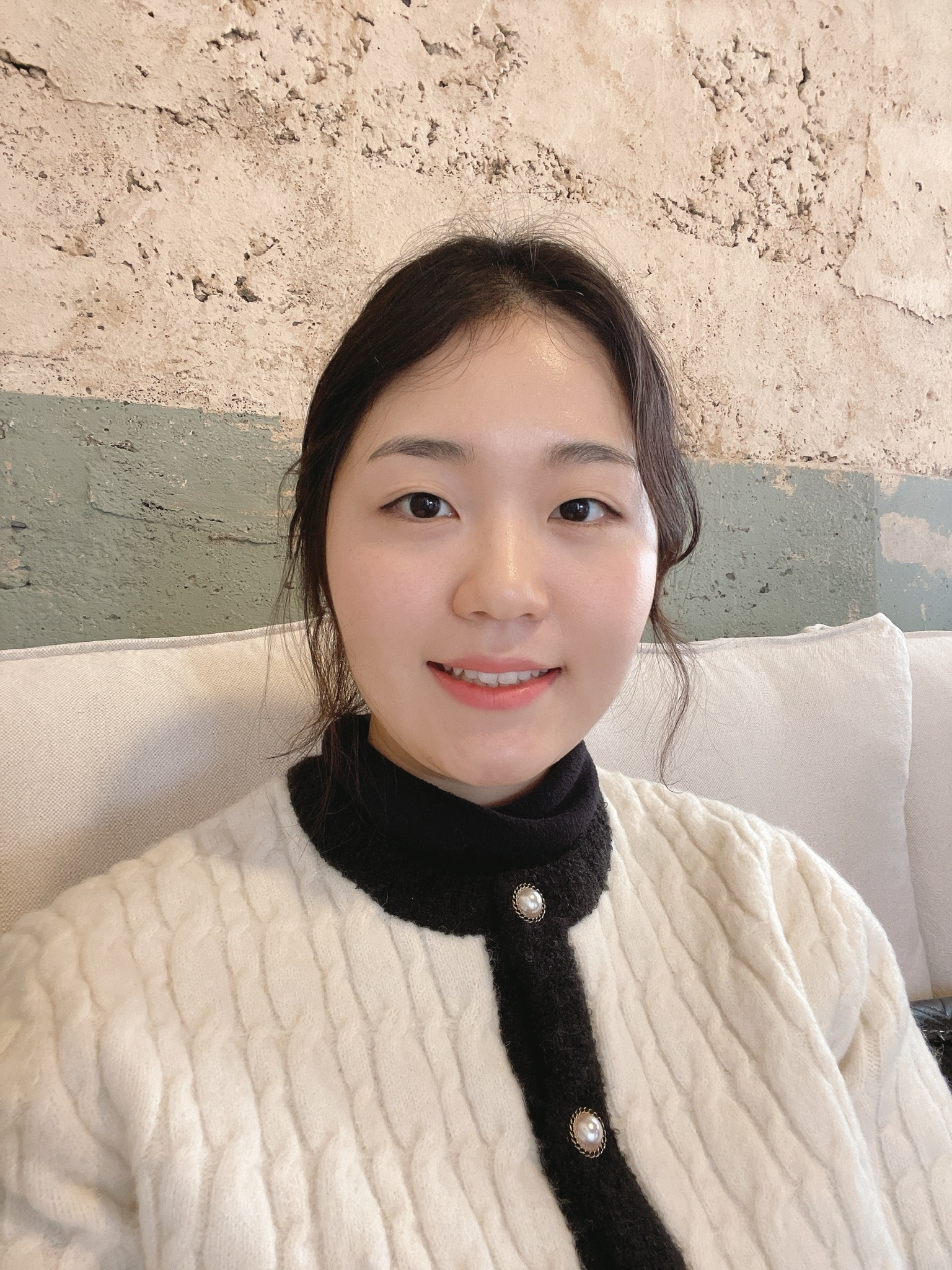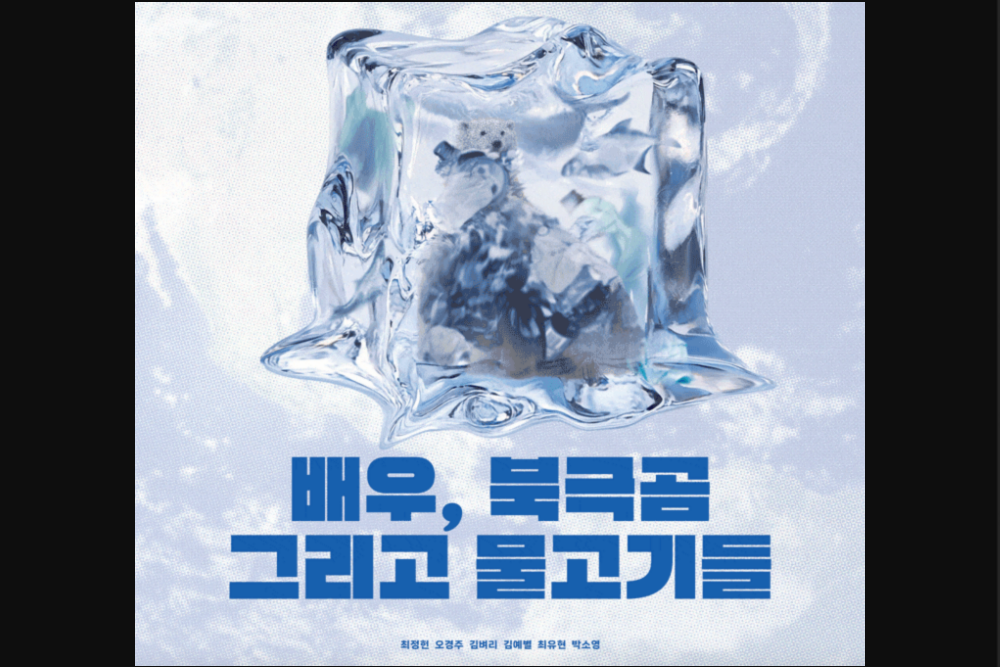This article is based on an interview with Hyunchul Shin, Head of the Regional Tourism Team at the Jeju Tourism Organization’s Tourism Industry Division.

Please introduce KaReum Stay.
“KaReum Stay” is a word combining the Jeju dialect term ‘Gareum (Kareum)’, which means a small village or neighborhood in Jeju, and the English word ‘Stay’, meaning to remain or stay. Currently, 13 villages in Jeju have been designated under this name. There are about 250 accommodations, experience spots, and brand hosts associated with KaReum Stay. Approximately 300,000 people visit annually. However, the brand awareness among these visitors is not yet strong. The current goal is to increase the brand’s recognition.
How did you come up with the idea to plan KaReum Stay?
KaReum Stay began with the question of how to offer a new way to experience traveling in Jeju — by staying not in hotels but in the villages themselves. When guests stay in a village, they can experience the slow-paced beauty, village meals, fresh air, nature, and most importantly, the relaxation and rest that align with the spirit of the village. This led to the need for an integrated brand for village travel in Jeju.
The Jeju Tourism Organization has actually been implementing village travel since 2015. The integrated village travel brand was launched in October 2021 after three years of development. Before that, it was referred to simply as Jeju village tourism or village travel. The brand was planned to embody these concepts and goals.
The need for Jeju villages arises from the fact that Jeju receives 15 million tourists, most of whom are domestic visitors in their 20s and 30s who tend to visit cafes and hotels. Since these visitors could benefit the local community, we believed there was a need for village accommodations instead of hotels.

KaReum Stay Brand Logo
(Source: Jeju Tourism Organization)
How do you think KaReum Stay contributes to carbon reduction and sustainability in the travel and tourism sector? Is KaReum Stay the most representative tourism program in terms of carbon neutrality?
Since carbon is emitted when traveling to the villages, KaReum Stay is not yet a leading model for carbon reduction. However, the UN World Tourism Organization (UNWTO) selects the Best Tourism Villages that actively address the UN Sustainable Development Goals such as climate action, poverty reduction, gender equality, and farmers’ income. In 2021, two KaReum Stay villages in Jeju were chosen as Best Tourism Villages. This recognition is significant because these two villages were selected as outstanding tourism villages worldwide within the broad framework of sustainable development, which includes addressing the climate crisis.
In particular, Dongbaek Village is closely connected to the climate crisis. Although ancestors planted native camellia trees there 300 years ago, these trees are now dying due to global warming. In response, the local residents have taken action by caring for the trees themselves, which helped the village earn the Best Tourism Village designation. The residents collaborate with zoologists and botanists to monitor and manage the trees, while also creating opportunities for tourists to experience and learn about this effort.
KaReum Stay received awards from the United Nations World Tourism Organization and received a lot of media coverage. What awards did it receive?
In October 2023, KaReum Stay received the UNWTO (United Nations World Tourism Organization) Best Tourism Award. In March 2024, KaReum Stay’s Dongbaek Village was featured as a case of women’s community leadership in celebration of UN International Women’s Day. Additionally, in October 2023, KaReum Stay’s policy won the Gold Award at the PATA (Pacific Asia Travel Association) Gold Awards, and again in August this year, its wellness tourism policy received a PATA Gold Award.
You mentioned that about 300,000 people visit annually. How do participants respond to their experience?
The 300,000 visitors can be broadly divided into two types. The first type is short-term visitors. These mainly include corporate incentive groups, benchmarking delegations from local governments and related organizations, and foreign tourists from cruises. They typically stay in the village for about 2 to 3 hours. Popular programs for them include experiencing Jeju-style meals and dining, forest healing, horseback riding, camellia soap making, and Oreum trekking, all guided by village storytellers. The second type is stay-type visitors who stay directly in farm and fishing village accommodations run by locals. Although the KaReum Stay brand is not yet widely recognized, these guests show very high satisfaction, possibly because they specifically choose to stay in the villages. Living with local residents, exploring the village, and helping with community activities create a sense of happiness and connection, making it a place they want to revisit again and again.

(Source: KaReum Stay Official Website)
What makes KaReum Stay different from regular accommodation programs?
KaReum is not a commercialized tourism product but focuses on a slow travel experience shared with travelers. Instead of commodifying accommodation, it offers a unique storytelling experience that allows visitors to deeply engage with the village. While regular lodging services are simply transactions for accommodation costs, KaReum Stay’s biggest difference is the combination of lodging, hands-on experiences, and stories from local residents—providing a richer village experience. For example, when visiting Dongbaek Village and Sehwa Haenyeo Village, both designated as UNWTO Best Tourism Villages, after choosing your accommodation, KaReum Masters such as village storytellers, the Dongbaek Village director, and “Samchoon PD” will act as local guides, helping you truly appreciate the charm of Jeju village travel.

(Source: eataround)
KaReum Stay communicates and coexists with local communities in various ways. Could you please provide specific introductions to places like Gansei Workshop, Sehwa Village, and Haenyeo Village? Also, how have the local communities responded to these initiatives?
In fact, we do not pursue coexistence simply for the sake of coexistence; rather, it is essential to maintain KaReum’s uniqueness. To experience the local village’s food, scenery, interactions with residents, and unique culture, coexistence is the only way. For example, in Dongbaek Village, the winter wedding industry is connected to the village, and in summer, when the camellia fruits fall, travelers can gather them together and make oil at a mill, which is then enjoyed at a farewell party featuring camellia omakase.
Did you refer to any overseas cases or examples when planning KaReum Stay?
We have been directly conducting village travel under this category for 10 years since 2015. While there are many excellent village examples in Italy and Japan, we did not refer to them because the cultural contexts are different and could not be applied to Jeju. Jeju did not have the leisure to warmly welcome guests, and commercialization made it difficult to host tourists due to gentrification. To protect the rights and lives of village residents and promote local travel, we chose to call it village travel rather than a tourism product.
How do you promote KaReum Stay? Do you think the promotion is effective?
Some villages do not want promotion due to concerns about gentrification. On the other hand, some villages hope that visitors will purchase the services and goods produced locally. This creates a significant divide among residents regarding KaReum Stay, making it challenging to manage these differing perspectives.
However, internal challenges do exist. Our organization plans to pursue a mid- to long-term strategy to raise KaReum Stay’s brand awareness even if only one person visits a KaReum village. To achieve this, we aim to secure collaboration channels beyond our owned channels through partnerships with external companies and institutions. On the other hand, since public-led initiatives are not sustainable in the long term, we plan to establish a promotion system that allows local residents to promote KaReum travel on their own. The core of this system is the “KaReum Master.” When outsiders contact us via phone or email, the KaReum Master serves as a guide and resource for how to experience KaReum travel in our village.

13 Villages of KaReum Stay
(Source: KaReum Stay Official Website)
Do many foreigners visit KaReum Stay? How do you engage in cultural exchange with people from other countries?
Although we haven’t received many international visitors so far, our long-term goal is to expand globally.
In the future, travel trends should shift toward low-carbon options like KaReum Stay. What aspects of KaReum Stay would you like to highlight to those considering a stay—what makes it enjoyable and unique?
Low-carbon travel may seem paradoxical, but we believe it’s essential for travelers themselves to take responsibility and lead by example. Such travel often involves a degree of discomfort or inconvenience, and the key question is whether visitors are truly willing to accept that. That’s why KaReum Stay doesn’t target typical tourists, but rather travelers—those who seek to immerse themselves in a place, connect with local communities, and find personal meaning through their journeys. To support this vision, we are working to strengthen our brand and operational system in close collaboration with local stakeholders. Our goal is to refine and expand travel programs that are deeply rooted in the unique identity of Jeju’s villages. We appreciate your continued interest as we build a more meaningful and sustainable travel experience.
Suggested Reading













